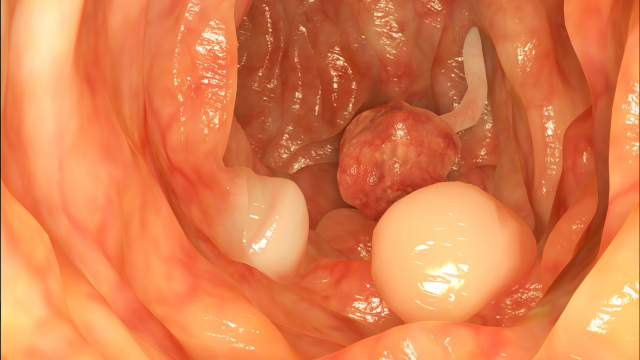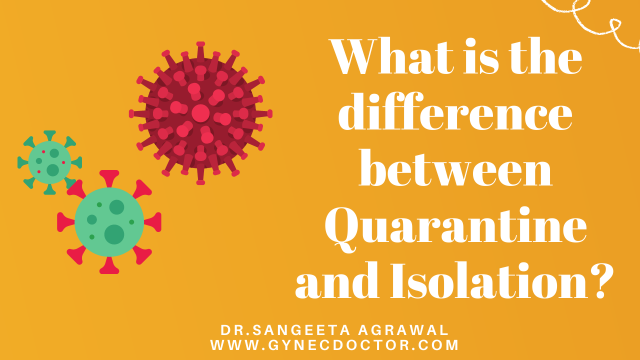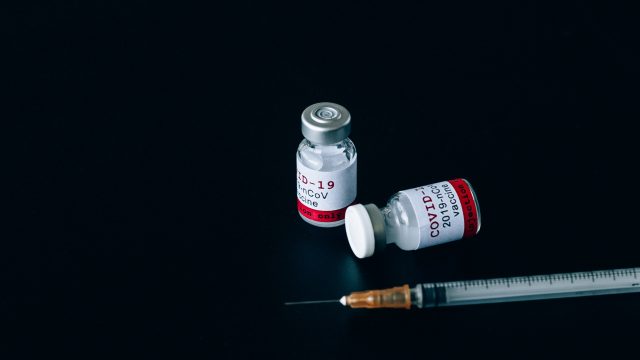IVF is a form of assisted reproductive technology (ART). It is a special medical technique that is used to help a woman become pregnant. It is done when the woman is not able to conceive either naturally or when simpler techniques have failed.
Common situations are :
- Tubal factor – Presence of blocked tubes
- Endometriosis
- Advanced age
- Male factor – such as decreased motility
- Unexplained Infertility
Normal Fertility Process
Normally, the sperm meets the egg of the woman in the fallopian tube and the fertilization process takes place. The fertilized egg then reaches the womb and attaches itself to the lining of the womb and continues to grow there for the rest of the nine months.
When this natural process does not happen and the woman is not able to conceive then IVF-ET is done wherein the egg and the sperm, both are brought out of the body and fertilized outside in the laboratory and just when the embryo starts to happen then it is transferred into the uterus. The embryo still has to attach itself to the lining of the womb naturally and then grow inside for nine months.
Following are the basic steps in IVF :
Step 1: Ovulation Induction / Stimulation,
The woman may be given some tablets or injections as required to help her make eggs. In the natural cycle, one makes only one egg per month. But with the help of these medicines, the woman will make multiple eggs.
Step 2: Follicular Studies
When the medicines are being used to help the woman make eggs, it is important to do transvaginal sonography to assess the growth of the eggs. It also enables to assess the development of the lining of the womb. Sometimes hormone levels are done to assess the quality of eggs.
Step 3: Ovum Pick up/ EGG retrieval/egg pick up
Once the eggs are ready and before they rupture a procedure is done to collect the eggs. This is a minor surgery done in the operation theater under anesthesia and under sonography guidance. A needle is inserted into the ovaries through the vagina and each follicle is aspirated. the egg and the fluid from each follicle are collected in a test tube.
Step 4: in vitro Fertilization/test tube conception
The eggs are then identified and placed with the sperms in a culture medium in an environmentally and temperature-controlled system. The sperm enters into the egg and the fertilization takes place.
Step 5: Embryo culture and transfer
After fertilization, the cell starts to multiply and grow. This body is now called an embryo. The embryo grows in the culture medium and then once it is growing well it is placed inside the womb of the woman with the help of the catheter this is a simple procedure and is done in the office and does not require any anesthesia. The embryo will then attach itself to the lining of the uterus and start to grow. This finally results in a pregnancy. Normally 1, 2 or 3 embryos are placed inside the uterus. This can result in multiple pregnancies. If more embryos are made then they can be frozen for use in future cycles.
Step 6: Post Embryo Transfer Care
After the embryo transfer, the woman will need to take various medications to support the lining. And the pregnancy in case it happens. This may be in the form of injections and tablets that have to be put in the vagina or anus. On the fourteenth day after transfer, the woman is asked to do a pregnancy test. In case it is positive then one will continue the supporting medicines and in case it is negative then they are discontinued and the woman will get her period. During the cycle, there may be minor side effects such as bloating, pain at the site of injection, pain in the abdomen mood swings.
Ovarian Hyperstimulation Syndrome (OHSS)
Occasionally there may be ovarian hyperstimulation syndrome (OHSS). This is the sudden growth of too many eggs and a collection of fluid within the eggs. In such cases, the cycle may have to be cancelled. The procedure of egg retrieval also has risks such as reactions to anesthesia, bleeding, infection, and damage to structures in the pelvis. Multiple pregnancies can result when multiple embryos are transferred. Multiple pregnancies also carry risks Success after the procedure This varies depending on various factors such as the age of the patient, the condition of the endometrium, the number of embryos transferred and many more laboratory factors such as the quality of sperms and embryo. The success is measured in various variables such as pregnancy rate and take-home-baby rate.
Special Issues:
Donor Egg
Sometimes women cannot make eggs. In that case, it is possible to take eggs from another woman and this is called donor egg.
Example: – if a woman has ovarian failure due to chemotherapy then she can take eggs from another woman and they can be fertilized with the sperms of her husband and transferred to her womb.
ICSI – Intracytoplasmic Sperm Injection
Sometimes the sperm is not able to enter into the egg. In this case, the sperm can be physically injected into the egg. This procedure is called ICSI.
Surrogacy
In certain women if the womb is absent, eg removed after cancer/lining is damaged as in ashermann’s or the woman cannot carry the pregnancy due to health reasons then the embryo can be placed in the womb of another woman. This is called surrogacy.
If you are not able to conceive, then make an appointment to see Dr. Sangeeta Agrawal. We will do a full assessment and then guide you to the right way ahead. In case you require ART then we offer the full range of services in collaboration with a state-of-art ART center.
When a couple is undergoing ART or IVF there can be a significant amount of emotional and financial stress. The woman may need to take several injections and this can be quite a stress to her. Further, a lot of time is spent during the cycle for various procedures like follicular studies and ovum pick-up. This can be a stress for the couple particularly if both are working as well.
We try to minimize the number of visits and the time spent in the clinic. We are sensitive to the increased demands the whole procedure puts you through and do our best to enable you to have a baby.


















